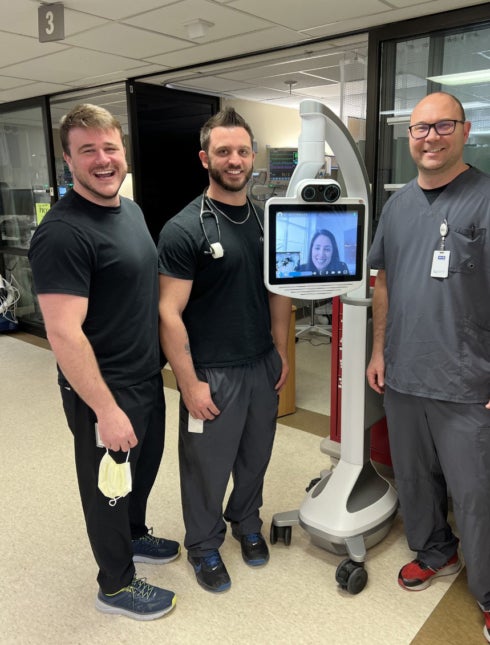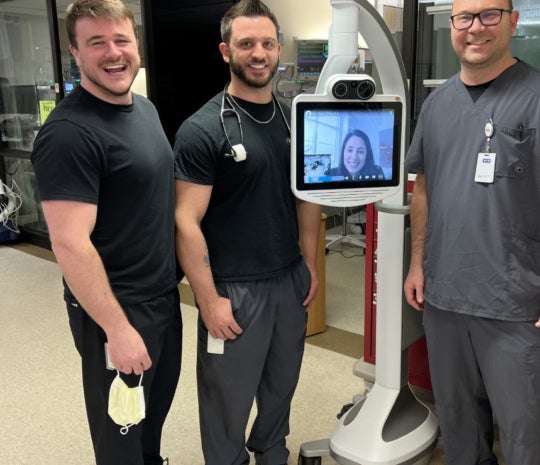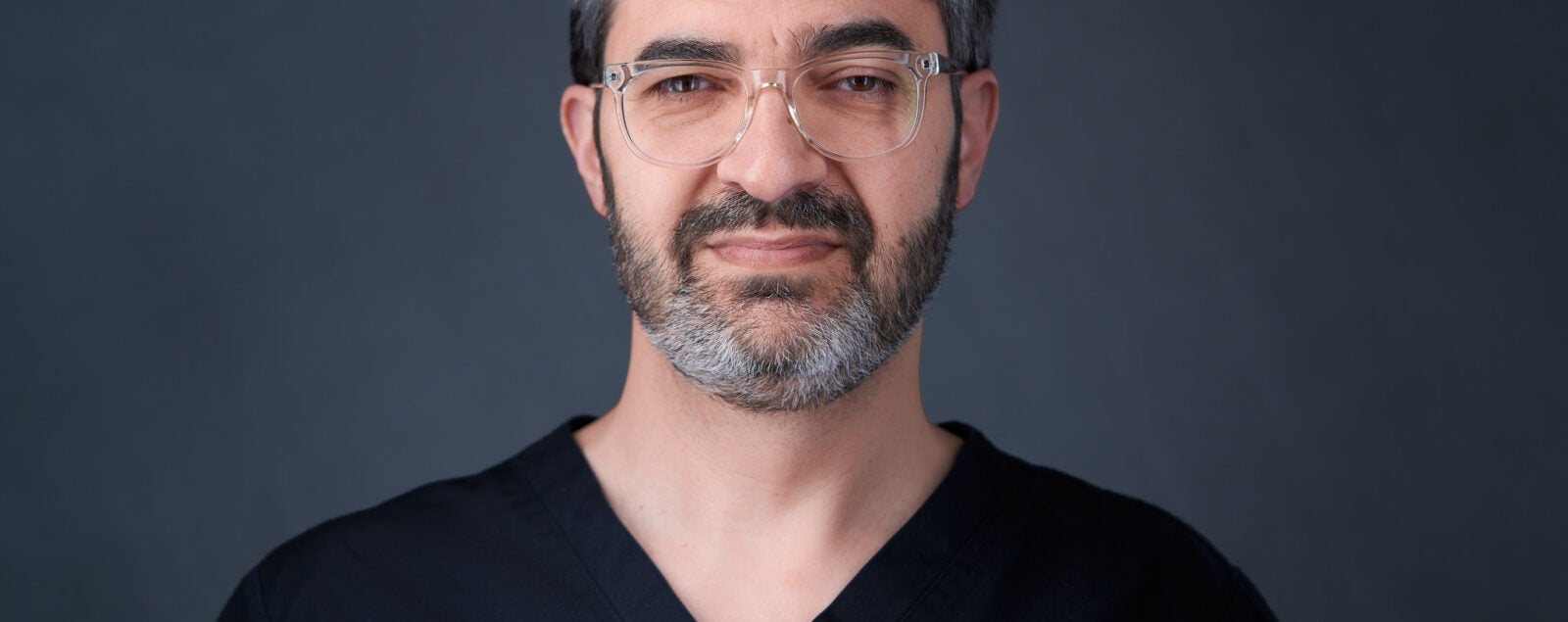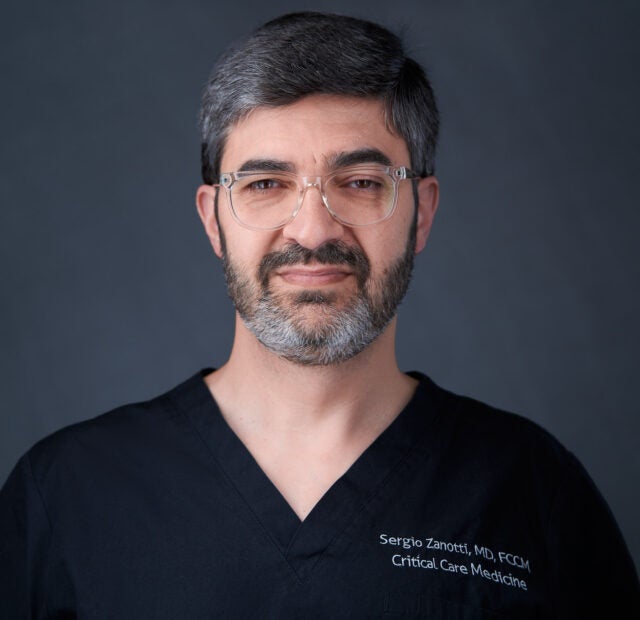Critical Care
Hybrid ICU Model: Better care for patients, cost savings
OVERVIEW
Amid a pandemic and increasing patient volumes, a small California High Desert community medical center saw their local pulmonary group, operating in a traditional model, spread thin in keeping up with the growing demands of their ICU. To ensure appropriate care for critically ill patients, and to alleviate the pressure on physicians and nurses alike, this 200-bed rural hospital sought a dedicated, 24/7 comprehensive critical care program that could deliver top-tier care — and in short order.
OPPORTUNITY
The hospital’s surging patient volume and rising acuity levels necessitated round-the-clock critical care support. To achieve their goal of implementing a 24/7 intensivist model, the hospital sought a partner known for its high standards of care as well as its ability to swiftly meet their requirements.
Following a nationwide search, the hospital selected Sound Critical Care. Sound launched its tele-ICU program within the first month — allowing critical care physicians to see patients almost immediately — while simultaneously working to recruit an on-site intensivist.
TRANSFORMATIVE CHANGE
Sound’s approach featured a phased hybrid model, combining virtual and on-site critical care, which afforded the hospital greater flexibility and offered patients better continuity of care. From day one, patients had access to board-certified critical care physicians through the tele-ICU program while working to recruit an on-site intensivist. From there, Sound worked to effectively meet the needs of the medical center and its community.
Tele-ICU launch, immediately providing critical care to patients.
- Seamless integration with hospital’s on-site teams.
- Enables multidisciplinary rounds, protocol implementation, and evidence-based care.
Recruit and bring in on-site intensivists.
- Sound’s reputation allows for attracting the best talent, quickly.
- Within 30 days of the program’s inception, the first full-time intensivist was signed, with an experienced critical care program director following a few months later.
Seven-day-a-week coverage.
- Tele-ICU and on-site intensivists work in concert to provide patients with the safest,
highest-quality care, with continuous coverage, day and night.


KEY RESULTS
With implementation of the hybrid approach, the hospital ICU doubled its patient census and was able to provide coverage seven days a week. Nurses very clearly saw the benefit of having continuous coverage with both on-site and tele-ICU intensivists who were able to round on patients and provide detailed care plans. It also freed the hospitalists to manage patient discharges instead of rounding.
For this hospital, Sound was able to:
- Avoid $500K in locums costs
- Implement its hybrid model, with tele-ICU providing immediate patient care
- Recruit an on-site intensivist within 30 days
- Offer the right amount of coverage based on volume, while also being able to flex coverage during surges
- Improve patient safety and outcomes with consistent standards of care employed across all Sound critical care programs

To learn more, reach out to
partnership@soundphysicians.com
